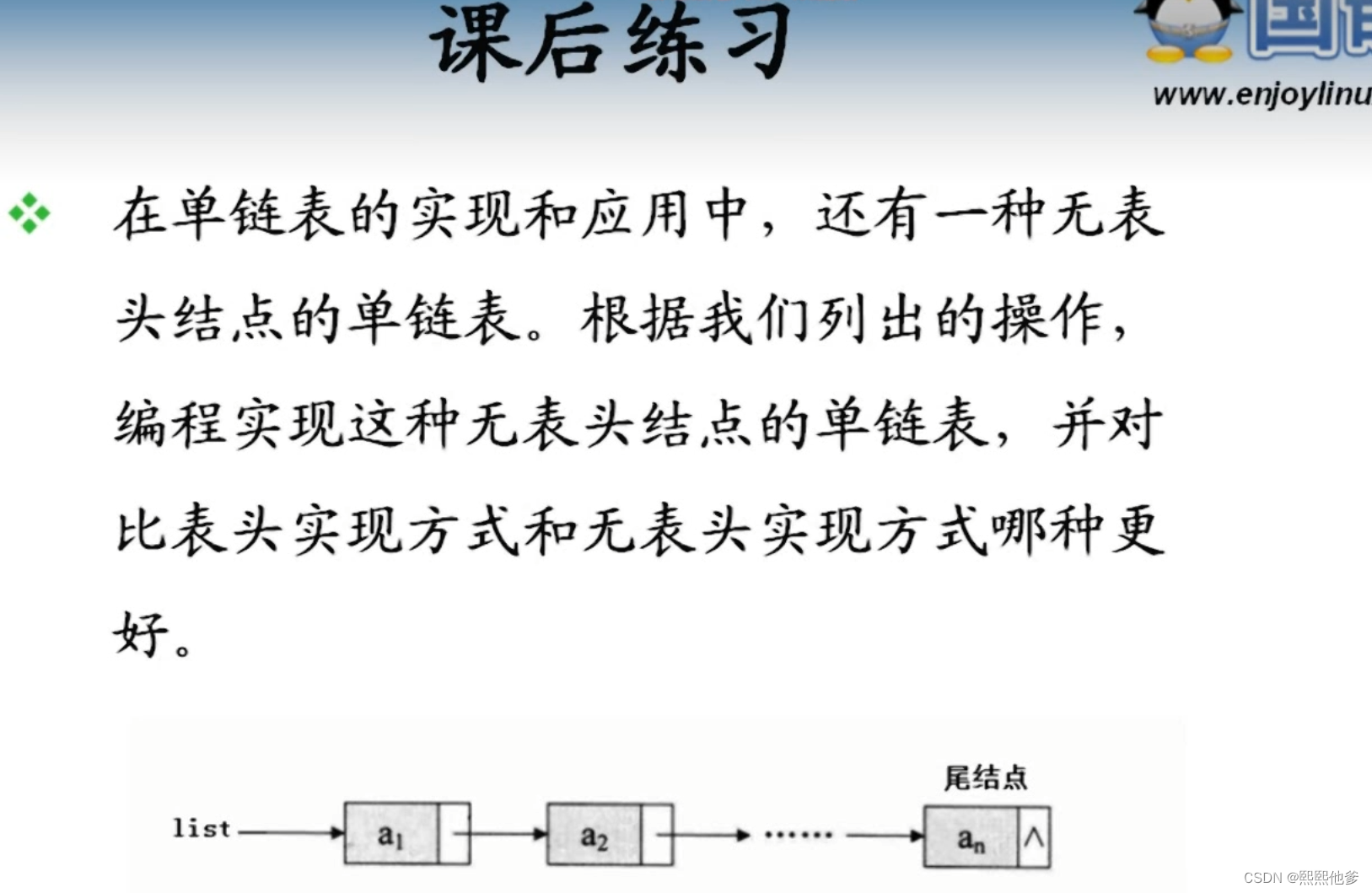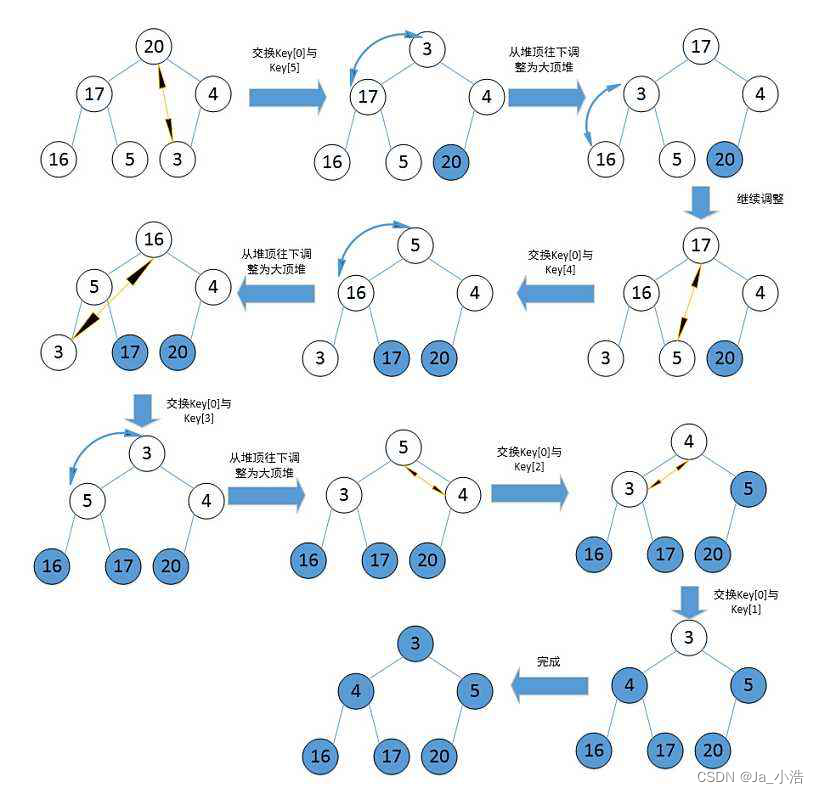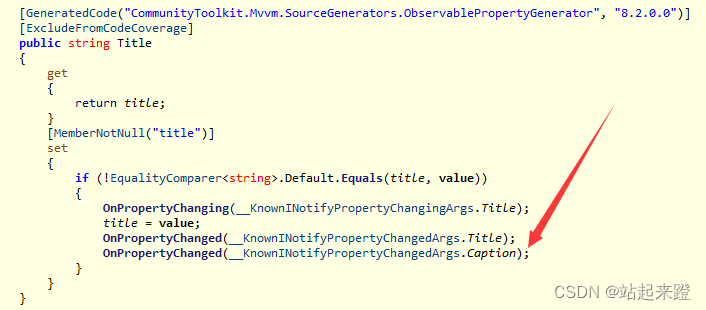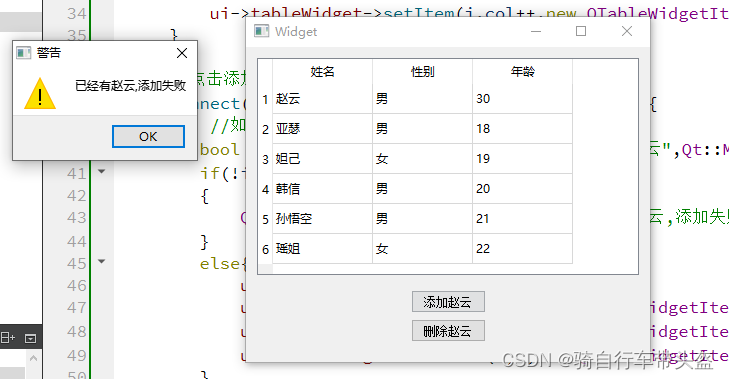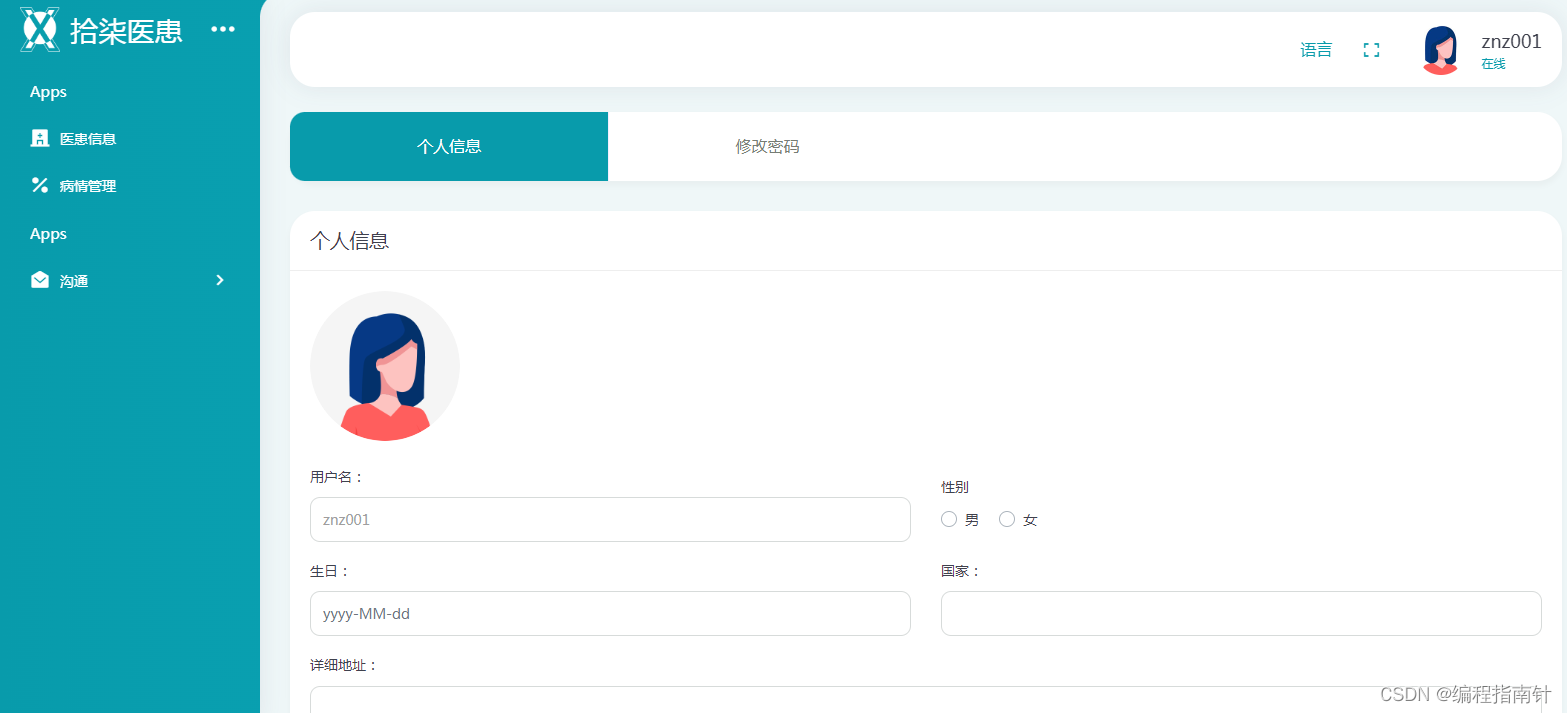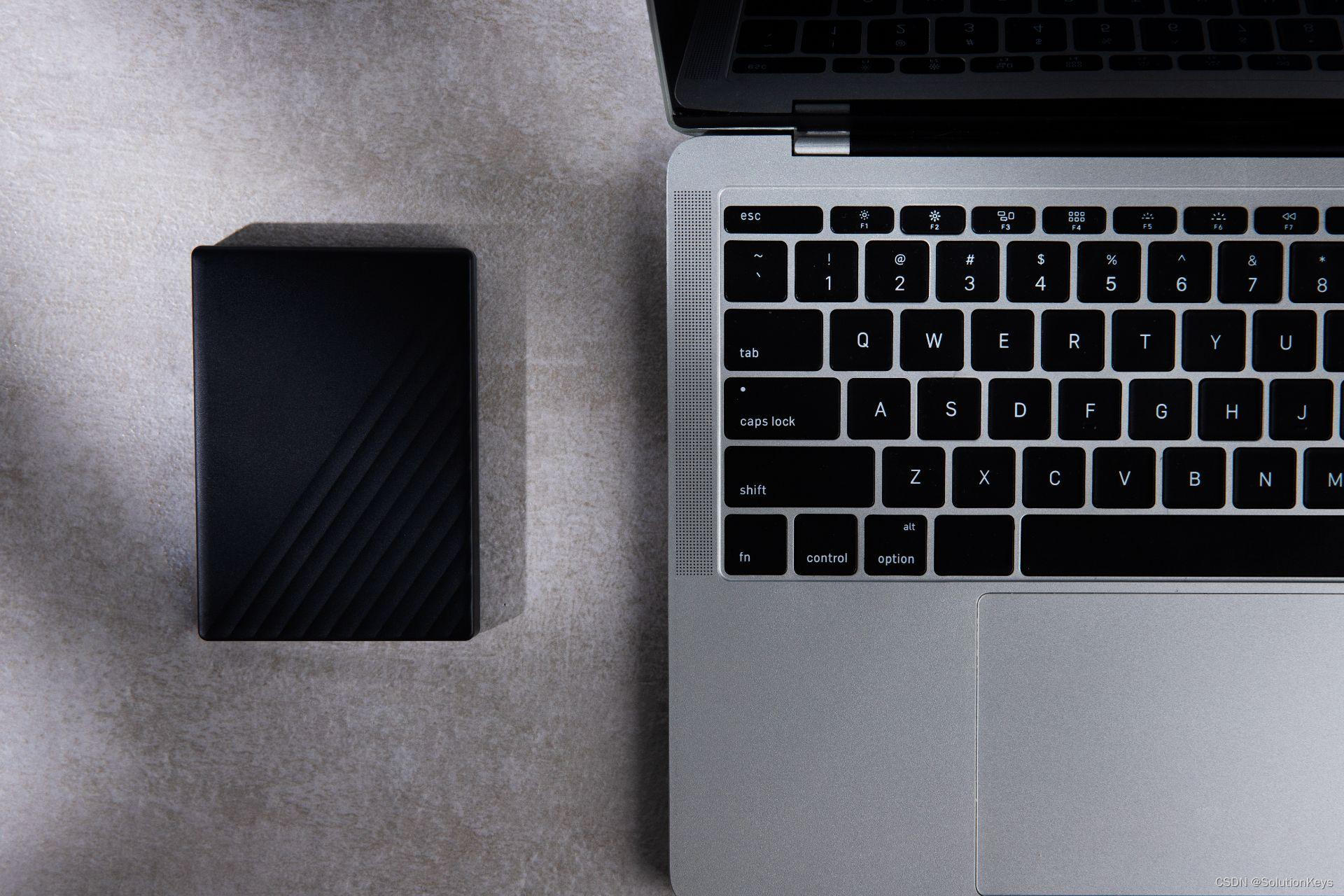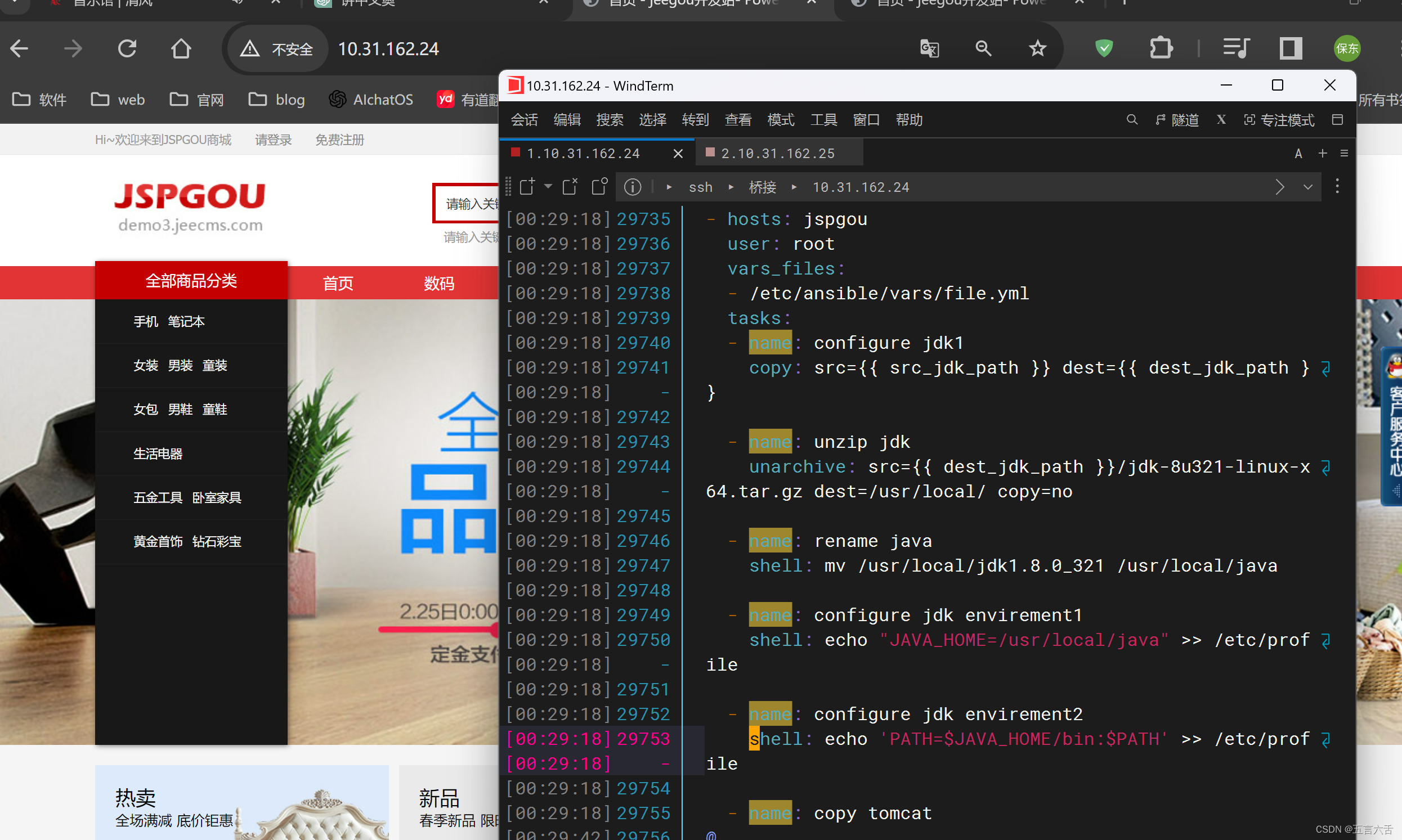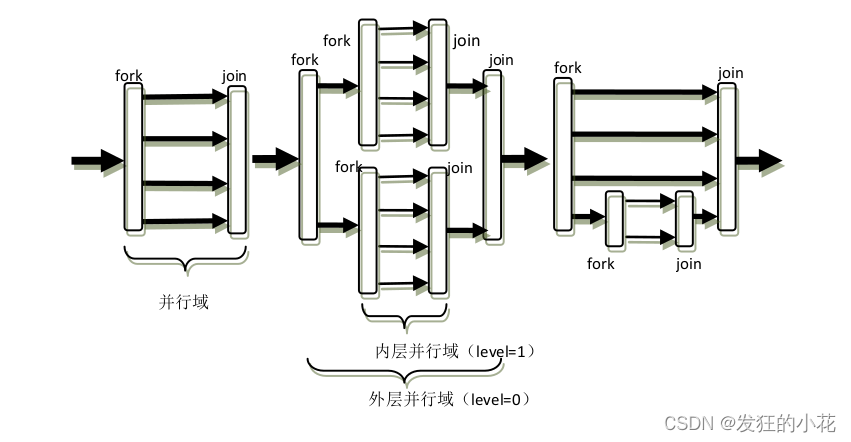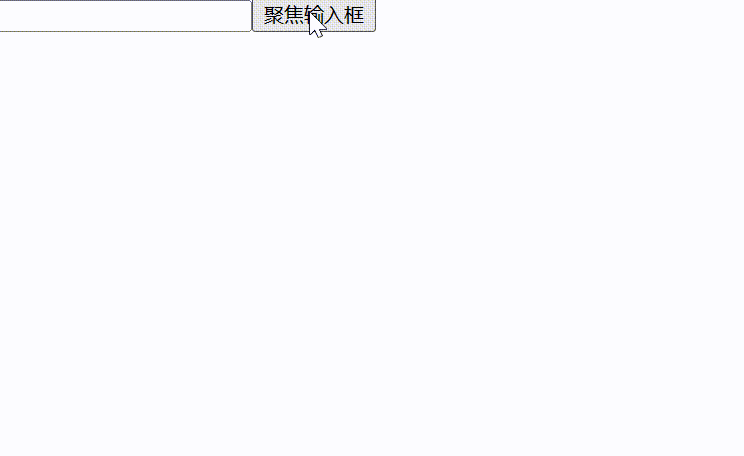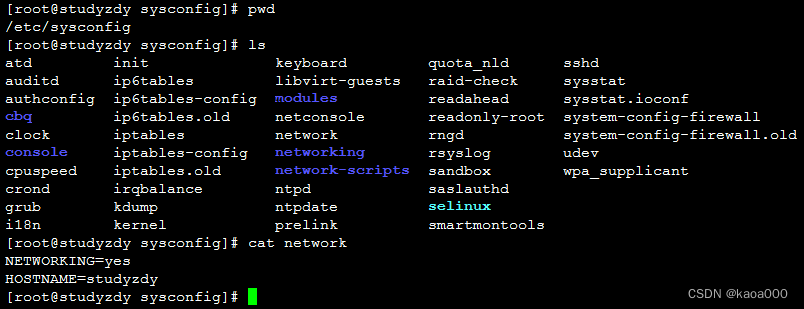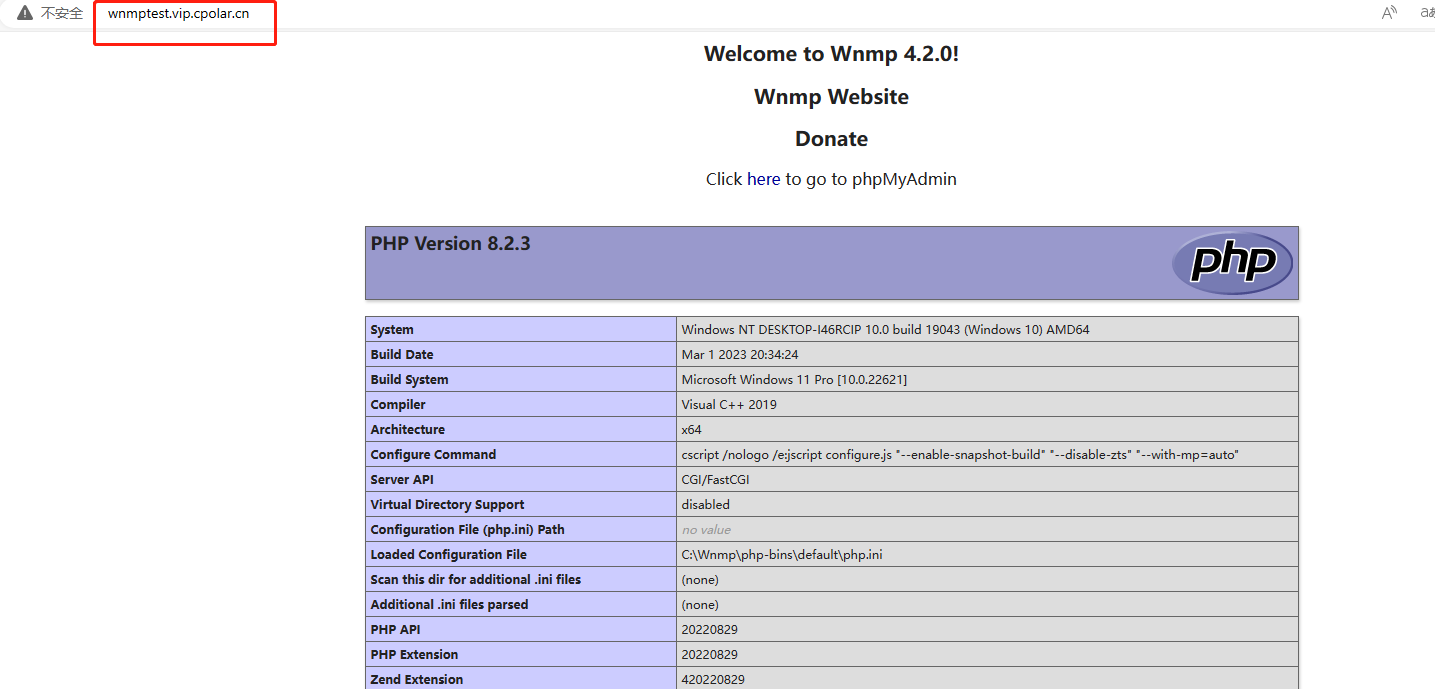本文仅供学习使用
本文参考:
B站:DR_CAN
Dr. CAN学习笔记-自动控制原理Ch1-9PID控制器)
P —— Proportional
I —— Integral
D —— Derivative
- 当前误差/过去误差/误差的变化趋势

- K p ⋅ e K_{\mathrm{p}}\cdot e Kp⋅e:比例增益——当前误差
- K I ⋅ ∫ e d t K_{\mathrm{I}}\cdot \int{e}dt KI⋅∫edt:积分增益——过去误差-积累
- K D ⋅ d e d t K_{\mathrm{D}}\cdot \frac{\mathrm{d}e}{\mathrm{d}t} KD⋅dtde :微分增益——变化趋势 (对噪音敏感)
L [ u ] = L [ K P ⋅ e + K I ⋅ ∫ e d t + K D ⋅ d e d t ] ⇒ U ( s ) = ( K P + K I 1 s + K D s ) ⋅ E ( s ) \mathcal{L} \left[ u \right] =\mathcal{L} \left[ K_{\mathrm{P}}\cdot e+K_{\mathrm{I}}\cdot \int{e}\mathrm{d}t+K_{\mathrm{D}}\cdot \frac{\mathrm{d}e}{\mathrm{d}t} \right] \Rightarrow U\left( s \right) =\left( K_{\mathrm{P}}+K_{\mathrm{I}}\frac{1}{s}+K_{\mathrm{D}}s \right) \cdot E\left( s \right) L[u]=L[KP⋅e+KI⋅∫edt+KD⋅dtde]⇒U(s)=(KP+KIs1+KDs)⋅E(s)
PID
PD控制:提高稳定性,改善瞬态
PI控制:改善稳态误差

![[元带你学: eMMC协议 31] CRC 错误检测保证可靠性](https://img-blog.csdnimg.cn/direct/0f1134d91f6c4923a0ab2ca3c1ed32a3.png#pic_center)

